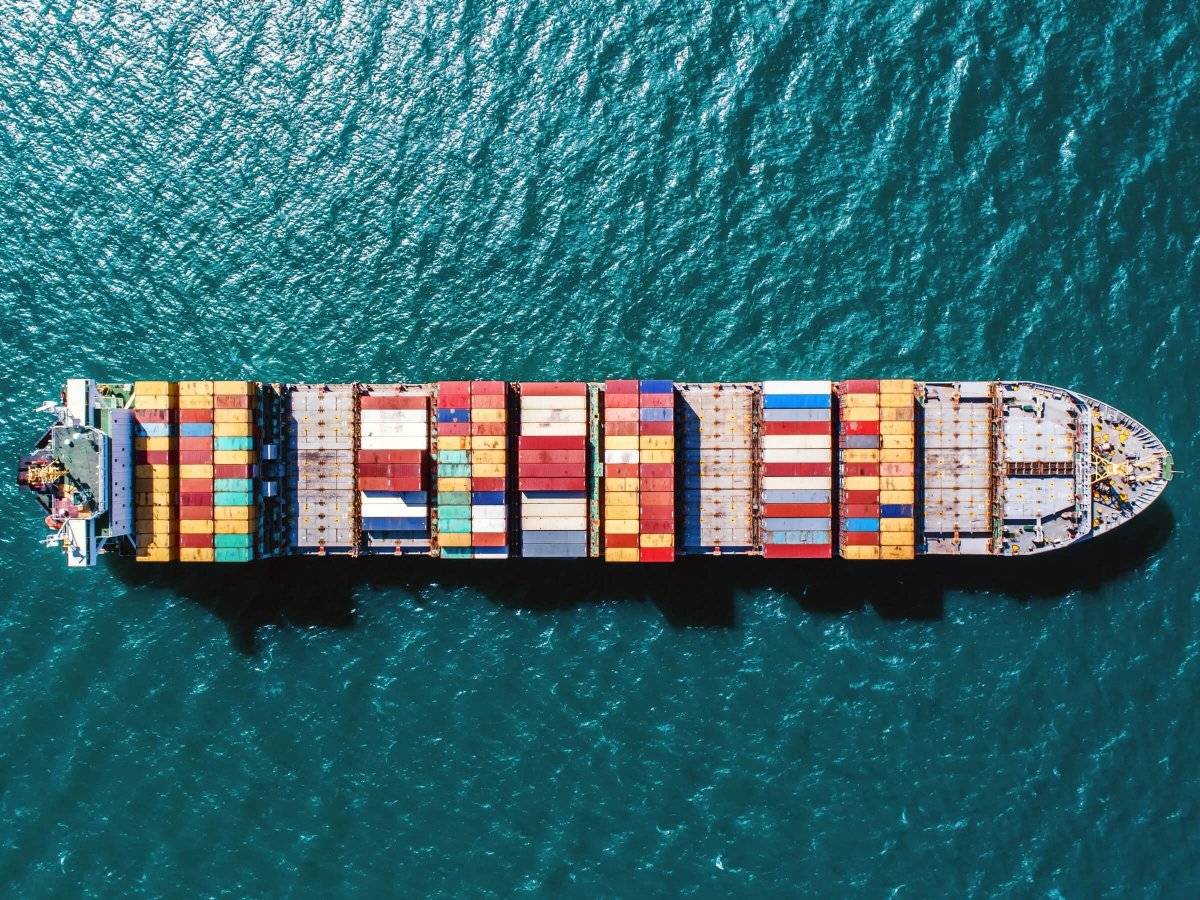The shipping trade is a global phenomenon. Connecting distant locations, it also connects individuals who belong to different nationalities and speak different languages. English is a lingua franca that has long been used for intercultural communication. However, in the maritime industry, English acquires new characteristics and standards that help seafarers to communicate effectively.
What Is Maritime English?
Maritime English is a language minimum for any seafarer. It serves social, technical, and everyday matters. Maritime English contains standardized structures and specialized vocabulary that ensure efficiency in daily tasks and correct responses to emergencies. It is common in ship-to-ship, ship-to-shore, and on-board communication. Its primary goal is to ensure the safe functioning of a ship with enhanced internal and external communication.
Crew members may have different levels of English language skills. To prevent communication gap, the International Convention on Standards of Training, Certification and Watchkeeping for Seafarers (STCW) requires seafarers to learn Standard Marine Communication Phrases (SMCP). These are some basic expressions that all seafarers have to know regardless of their country of origin.
Maritime English is full of nuances that, when mastered, can convey any type of message. It eliminates ambiguity and allows seafarers to act and communicate fast in case of emergencies. If you need Maritime English for your writing assignments but you are struggling to get it right, just ask professional writers to do my essay for me, and they will help you out. Later, you can analyze the delivered draft and enrich your knowledge of Maritime English.
Reasons to Learn Maritime English
Even if you think that you speak English well, it does not mean that you automatically become competent in Maritime English. It has some distinctive features that differ maritime communication from standard English. By learning Maritime English, you will rebuild your knowledge of the English language to communicate with other professionals in the maritime industry.
Maritime English is a professional tool. It includes the terms for the interior and exterior parts of a ship, its systems as well as navigation and maintenance vocabulary. Maritime English facilitates trade, management, and administration. For example, it can get a message across to other ships or foreign harbors. Maritime English can be of use to anyone involved in the seaborne business, from administrators and lawyers to seafarers and ship owners.
Maritime English is also an important social and emotional component that helps colleagues to get along and improves their quality of life on board. It enables effective communication for seafarers and other professionals. Thus, Maritime English helps to eliminate misunderstandings, preventing accidents and ensuring safety.
Examples of Maritime English
Specific rules and conventions of Maritime English make communication more straightforward and matter-of-fact. For example, positions become less ambiguous as every direction gets its specific name. The left becomes port while the right side is referred to as starboard. To move forward means to make headway. The backward movement is sternway.
The front of the ship is the fore or bow, which is followed by the midship. The back of the ship or, in other words, the propeller area is the stern or aft. The captain controls the ship from his bridge. All doors and windows within a ship are access holes. Even a ship itself becomes a feminine noun referred to as she in Maritime English. These are only some examples of maritime vocabulary that every seafarer has to know.
Another common thing in Maritime English is message markers. They help to direct people’s attention to the matter and inform them of the purpose of a statement. Let’s take a look at some examples.
May I? Should I? Could I? These and a number of other ways to ask a question become unnecessary. Instead, seafarers use the message marker QUESTION, which will state the purpose of communication immediately. For example:
QUESTION. Do you require assistance?
Another marker from the same group is ANSWER:
ANSWER. I need assistance.
Statements with the WARNING marker require immediate attention while the INTENTION marker informs others of the crew members’ actions. Besides, there are also REQUEST, INFORMATION, ADVICE, and INSTRUCTION markers that also function as prefixes to sentences and communicate their purpose. Message markers are especially valuable in case of accidents or emergencies when emotional language like “It’s a disaster!” or “I’m in trouble!” causes unnecessary pressure or distorts the meaning of a message.
Seafarers can check their knowledge of Maritime English and get certified by taking Maritime Tests of English Language (MarTEI). In the long run, the knowledge of Maritime English can increase their career prospects with better networking opportunities and mobility.
To Sum Up
Maritime English is a universal standard with its own rules, constructions, and terminology. It facilitates communication that is the core of the effective and safe operation of a vessel. The knowledge of Maritime English is crucial for seafarers and professionals they collaborate with. It gives an international crew a universal language that is understood by every person in the maritime industry around the world.

